|
Here at LTM we often hear the excuse from older landowners that they don’t plan to reforest (that is, plant trees) on land they just harvested because “Why would I? I won’t live to see those trees mature.” After wishing them a long and healthy life, we like to give the following three reasons for why they should consider planting, even in the off-chance that they head for greener pastures before the trees can be harvested.
It’s tough to spend the money on reforestation knowing that you might not be around to see the trees mature. But we think the reasons above make a compelling case for why it’s a good idea for your pocket, your land, and your community. [1] “Working Forests Work” brochure: http://floridaforest.org/wp-content/uploads/WFW-ad-for-Fresh-From-FL.pdf [2] Ibid. [3] University of Florida, IFAS: Stewardship Ecosystem Services Survey Project: http://www.sfrc.ufl.edu/CFEOR/docs/EcosystemServices.FloridaStewardshipReport.Jul2012.pdf Sometimes Google imagery captures our work in progress. Here are a few cool images from the last couple years that give a unique perspective of what we do.
LTM has been on top of the genetic advances for its entire 35-year history. We not only consider broad categorization, but we pay close attention to tree families and quality ratings, keeping track of intra-generational differences. Just within its line of Generation 3 seedlings, one of our vendors has 3 more levels of differentiation. More so, among these are also multiple ways for the seedling quality to be enhanced, such as open pollination, controlled pollination, and even cloning the best of the best trees. These options can easily seem overwhelming. That's why we're here. LTM has done the grunt work of staying current with the science and technology to make it easier for you to optimize your investment.
The annual tree-planting season is here. Below are some helpful tips on how to prepare, and what to expect and when.
Tips 1. Discuss all the options for your land in full with us, and have your property on a full-scale management plan. This sounds obvious, but we cannot stress enough how important it is to have an overarching plan for your property. Reforestation is just one small part of total land management, and is much less effective when done as a one-off, without taking into account a host of other factors. If you do not have a comprehensive management plan on file with us, talk to us today about developing one. 2. Read our primer on tree species and genetics [click here]. Tree seedlings have vastly improved in the past 20 years, and you may be surprised at just how many options you have, and how your investment will be affected by your choices. Then talk to us for an in-depth analysis of the choices for your land. 3. Don't put it off until next year! It's tempting to look at the cost of reforestation and decide that it can wait, but those costs will increase exponentially with time. Your cleared land isn't going to wait on your timing - it will re-sprout and grow into a veritable jungle within just a couple years. Costs to re-clear the land, control the competition, and get the site ready to plant once this happens will be significantly more than on land that has been recently clearcut. If you'd like to see a model of how waiting affects your costs, let us know and we can provide one. What To Expect and When Before any field work is done, you will need to have a discussion with your forester about your decision to reforest your land. We will walk through the options for your site, and show you financial models for the types of investment returns you can expect. We will then place an order to the seedling nursery for the trees that we have agreed to plant. Timing: January-August The field work starts with preparing the site for planting. This includes competition control through herbicide, and in some cases prescribed burning and mechanical site clearing (roller chopping, raking ramps, etc.). All of this work ensures that your seedlings will have a clean site on which to be planted, and will be able to grow uninhibited by other plants or weeds. During this time you will see the hardwoods, annuals, vines, and unwanted pine trees on the site die off to make way for your new plantation. All field work will be overseen by one of our staff to ensure a quality job and you will be kept up to date on the entire process. Timing: June-October When the site is fully prepared and the weather is right, we will schedule your planting. Your seedlings will be transported from the nursery on a refrigerated semi-trailer to your site. On site, our team of planters will begin putting trees in the ground at the density (trees-per-acre) that was agreed upon earlier in the year. The majority of our planting is done using v-blade tractors - one of the highest quality methods available. Watching these machines roll over your land leaving a wake of healthy seedlings is something to see - let us know if you would like to join us on site as we oversee the work. And once we're finished, sit back and admire your new investment. Timing: November-February |
Details
AuthorLTM are professional forestry consultants with expertise in all aspects of timberland management and investment analysis. Archives
September 2017
Categories
All
|
|
Copyright 2017 Land & Timber Management, Inc.
All Rights Reserved. |
Serving the Timber and Land Management Needs of Florida, Georgia and Alabama
|
Land & Timber Management, Inc.
3015 N. Shannon Lakes Dr., Unit 305 Tallahassee, FL 32309 850-668-8333 land@ltmgt.com |

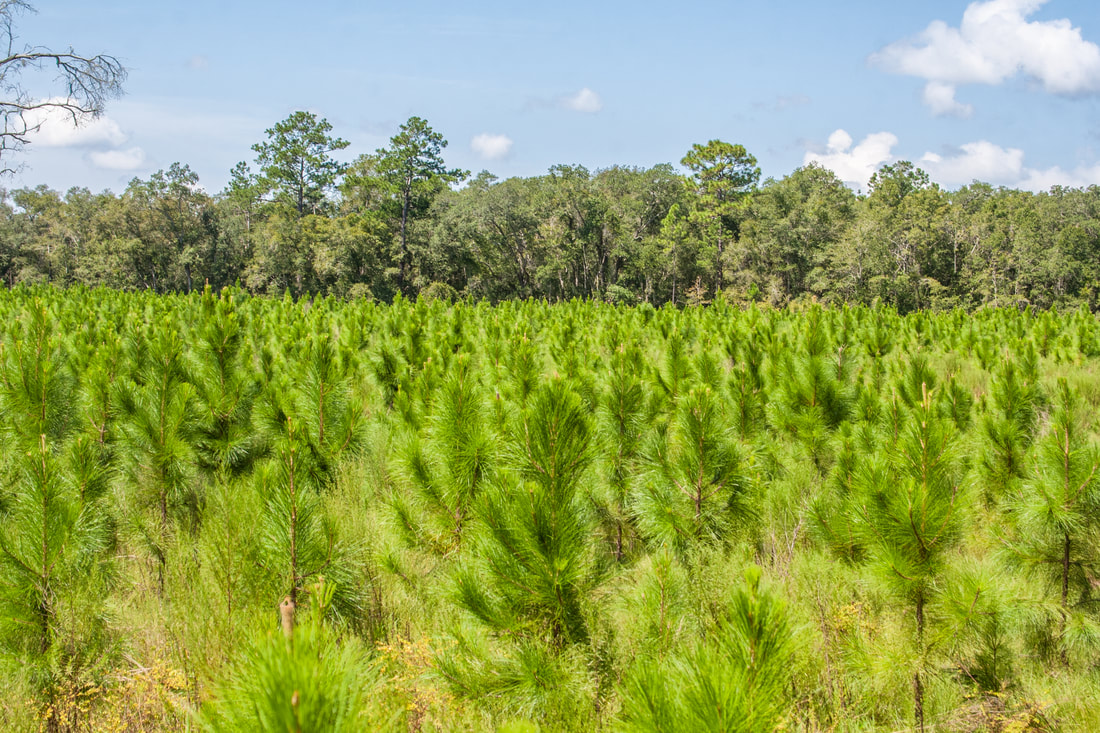
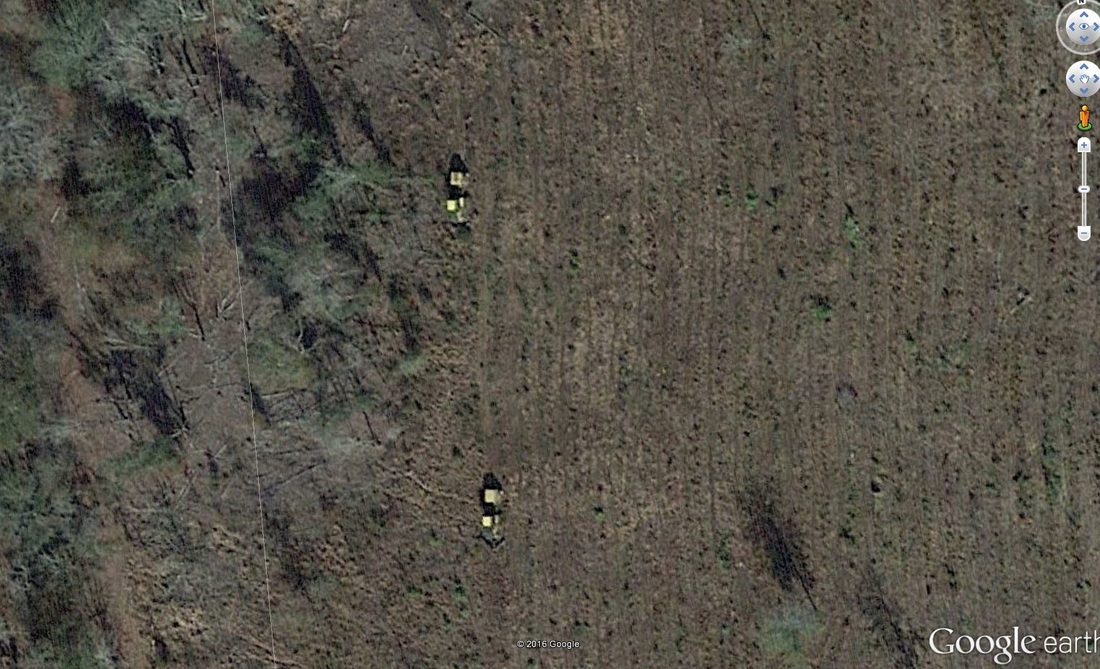
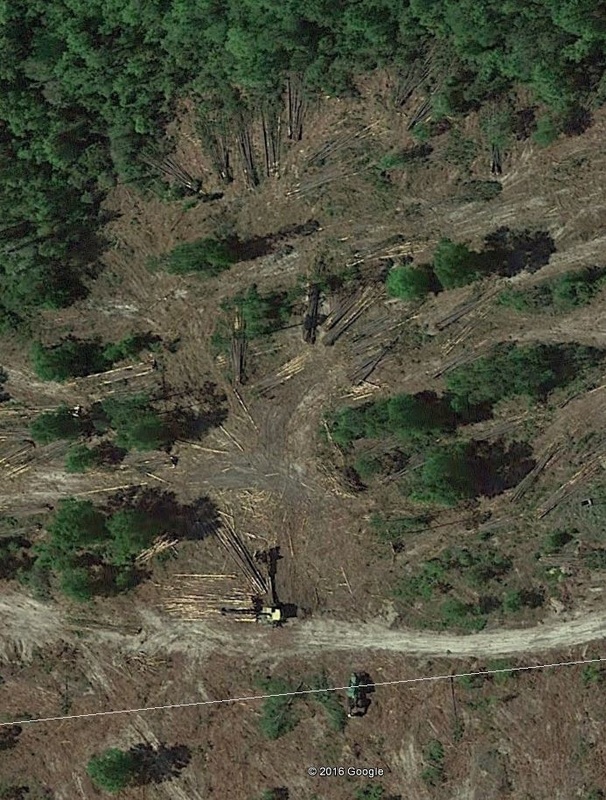
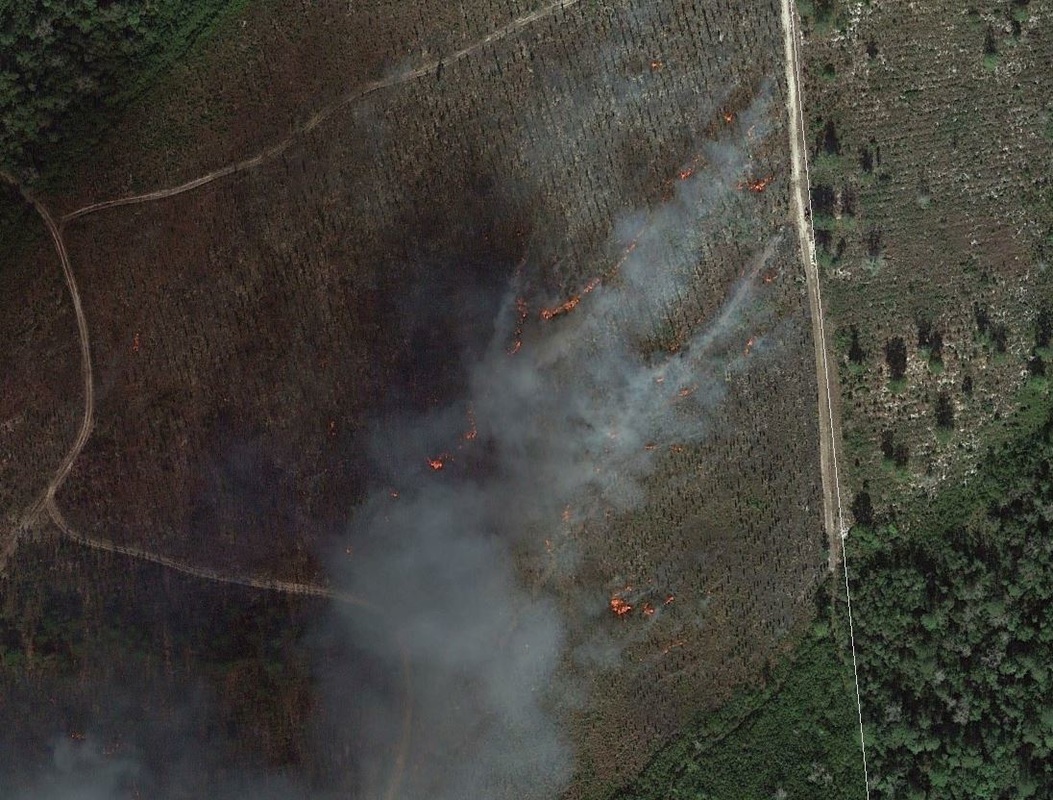
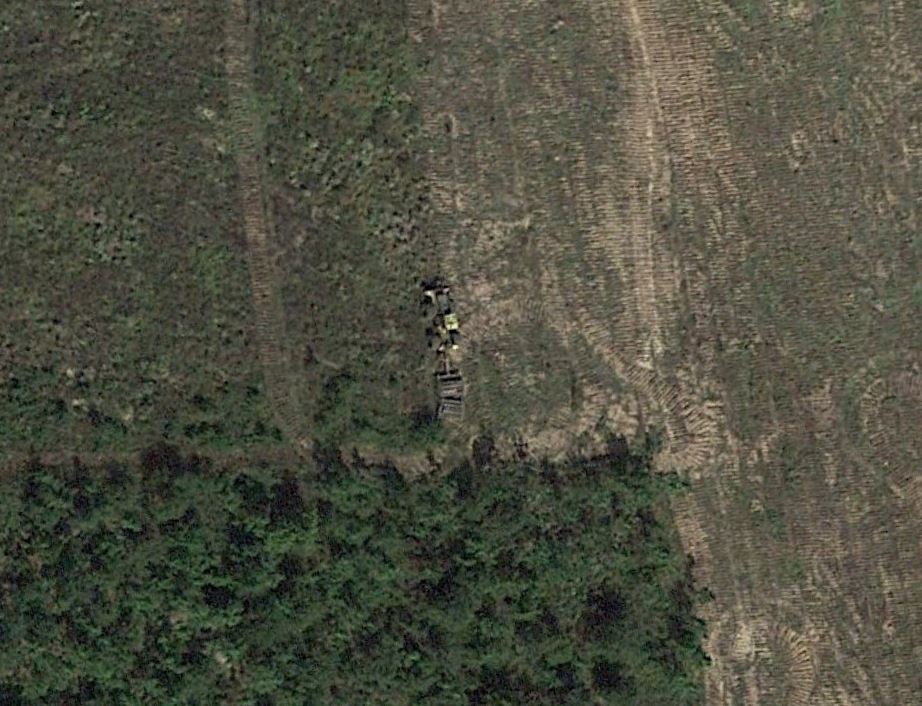

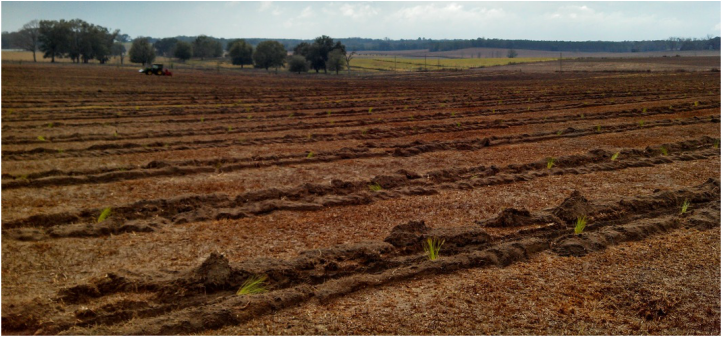
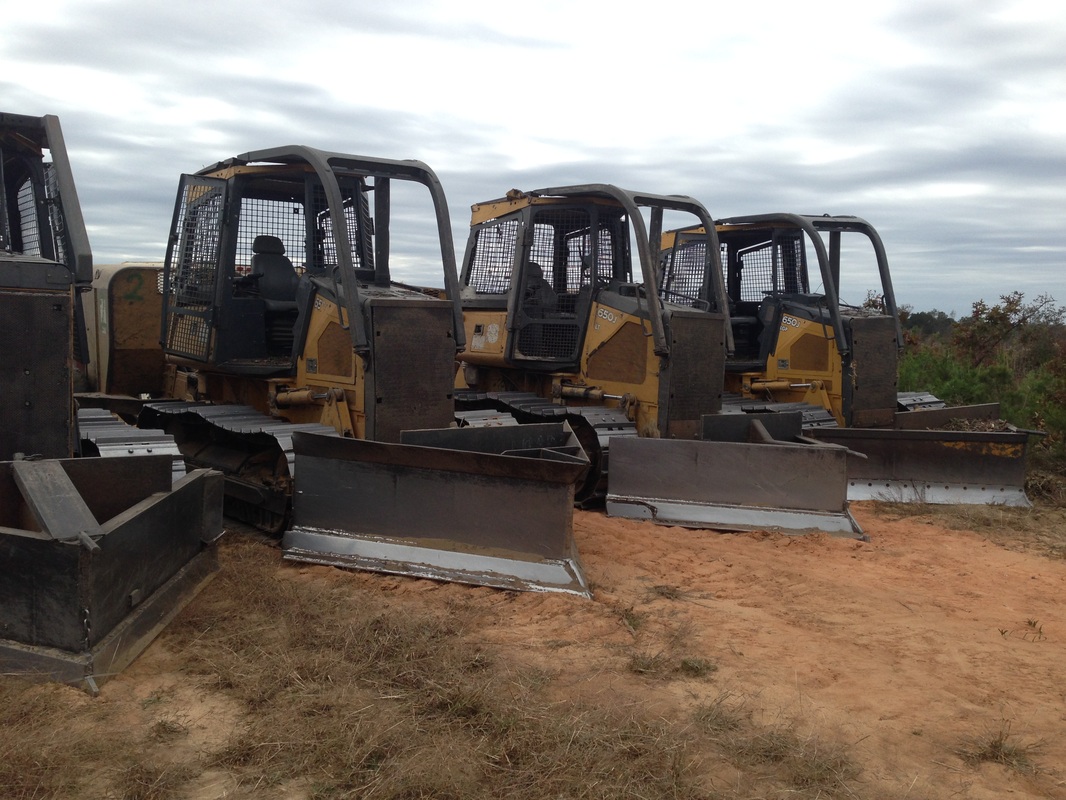
 RSS Feed
RSS Feed